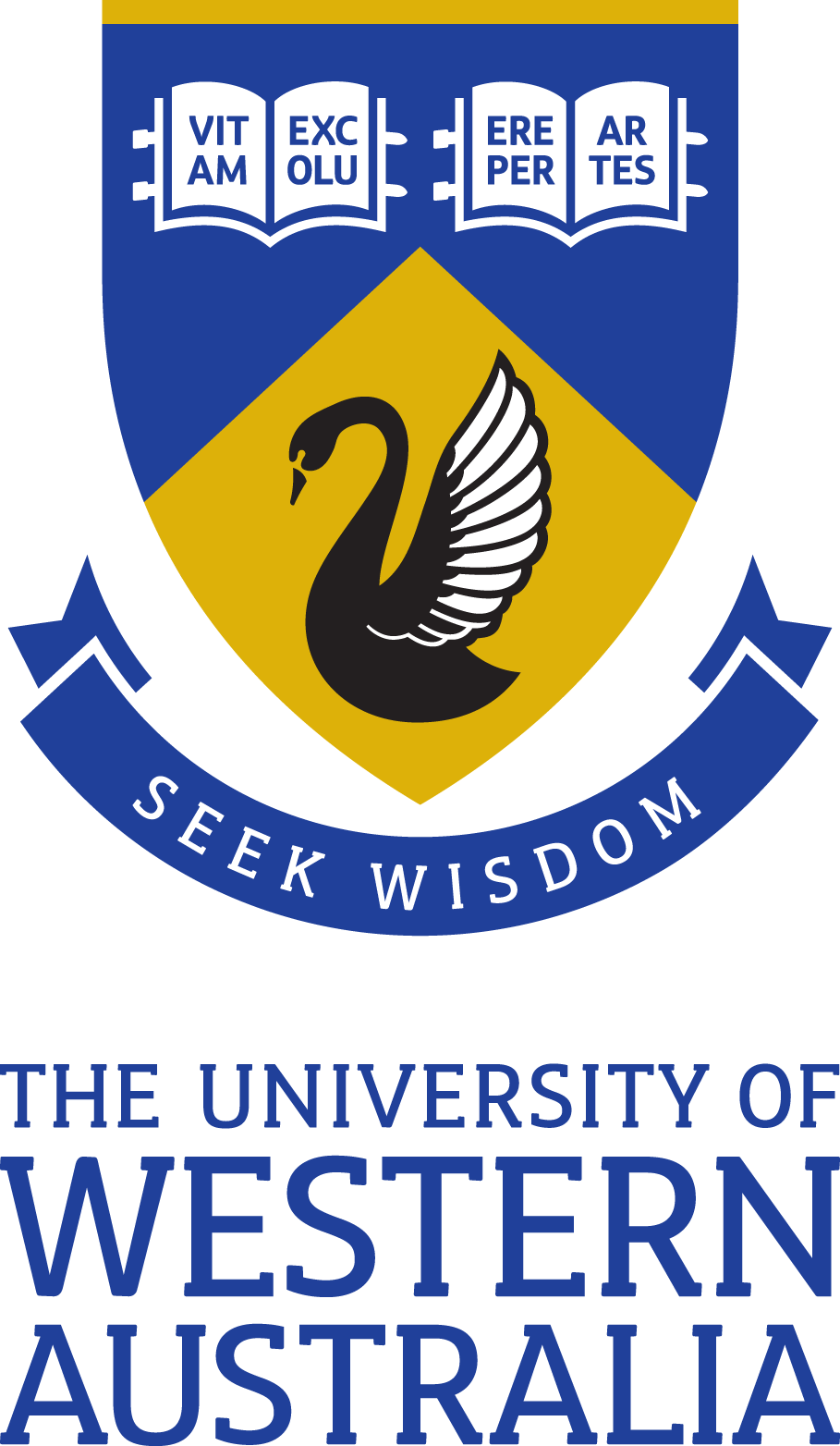Full description
Simpson et al PLoS One 2016 Perlucidum all data: All data presented in the paper, including percent cover, biomass (grams), colony size (cm2), PAM fluorometry (ETRmax, alpha) and density of snails. Didemnid ascidians are notorious marine invaders, fouling infrastructure in many ecosystems globally. However, there have been few reports of direct interactions with native species in their natural environment. The invasive colonial ascidian Didemnum perlucidum was discovered in the Swan River estuary (Western Australia) growing on the native seagrass Halophila ovalis. Given the known effects of other related Didemnum species it was expected that D. perlucidum could adversely affect the seagrass, with possible flow on effects to the rest of the ecosystem. This study aimed to document the distribution and abundance of D. perlucidum in the estuary, and to determine whether this species had a negative impact on H. ovalis or associated flora and fauna. D. perlucidum was largely present near areas of infrastructure, particularly mooring buoys, suggesting these were the source of D. perlucidum recruits on the seagrasses. It showed a clear seasonal pattern in abundance, with highly variable cover and colony size. D. perlucidum had a measurable effect on H. ovalis, with colonies enveloping all plant tissue, likely restricting the photosynthetic ability of individual leaves and total plant biomass. There were also significantly less seagrass-associated mud snails (Batillaria australis) where D. perlucidum cover was high. These results demonstrate the ability of invasive ascidians to colonise and affect native seagrasses and associated biota. Seagrasses are pivotal to the ecological function of many urban estuaries world-wide. Biodiversity in these systems is already vulnerable to multiple stressors from human activities but the potential stress of fouling ascidians may pose an additional and increasing threat in the future.Notes
Associated PersonsTiffany Simpson (Creator); Justin Ian McDonald (Creator)
Issued: 2016-05-11
Spatial Coverage And Location
text: Swan River Estuary, Western Australia
Subjects
Anthropocene |
Batillaria australis |
Didemnum perlucidum |
Halophila ovalis |
Invasive ascidian |
Marine and estuarine ecology |
Non-indigenous species (NIS) |
fouling |
seagrass |
tunicate |
urbanisation |
User Contributed Tags
Login to tag this record with meaningful keywords to make it easier to discover
Identifiers
- DOI : 10.5061/DRYAD.20Q7P

- global : 199371ae-8dba-4411-aaf0-d2841f445ef3


